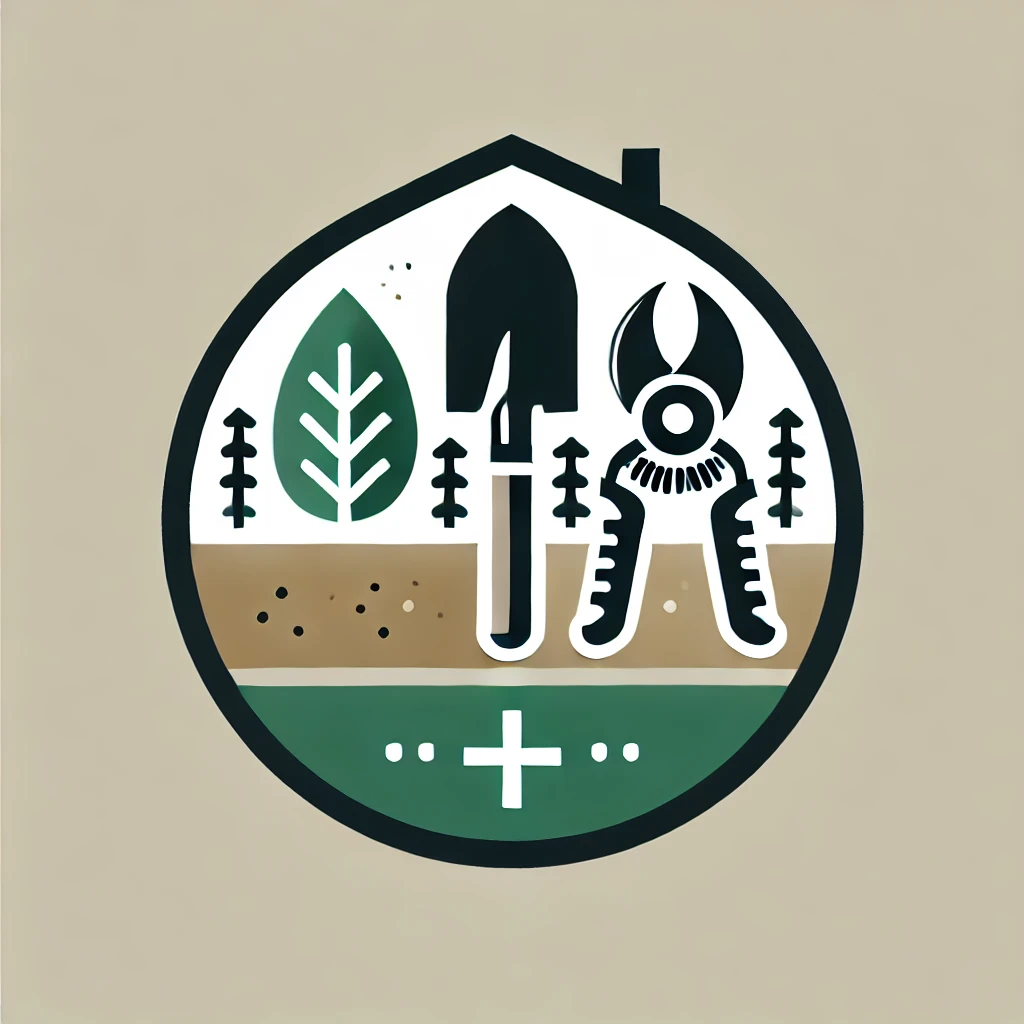When engaging in Gardening, there are several essential tools that contribute significantly to the maintenance of an efficient and productive garden.
Instruments such as pruning shears, loppers, hand cultivators, and well-fitted gardening gloves are vital for ensuring the health and care of plants. Pruning shears are particularly effective for trimming and shaping plants, while loppers facilitate the effortless cutting of larger branches. A hand cultivator is instrumental in aerating soil and removing weeds, and a quality pair of gardening gloves serves to protect the hands during various tasks, thereby enhancing the overall gardening experience.
In the realm of home gardening, there are several essential tools that contribute significantly to the maintenance of an efficient and productive garden.
Instruments such as pruning shears, loppers, hand cultivators, and well-fitted gardening gloves are vital for ensuring the health and care of plants. Pruning shears are particularly effective for trimming and shaping plants, while loppers facilitate the effortless cutting of larger branches. A hand cultivator is instrumental in aerating soil and removing weeds, and a quality pair of gardening gloves serves to protect the hands during various tasks, thereby enhancing the overall gardening experience.
Pruning Shears
Pruning shears, commonly referred to as hand pruners or secateurs, are essential tools for any gardener seeking to maintain plant health through effective cutting techniques. These compact instruments are specifically designed to effortlessly cut through branches and stems, thereby promoting healthy growth by removing dead or overgrown plant parts. With an emphasis on ergonomic design, high-quality pruning shears can significantly reduce hand strain while ensuring clean cuts that minimize the risk of plant disease.
It is crucial for gardeners to understand the various types of pruning shears available in order to effectively address specific tasks:
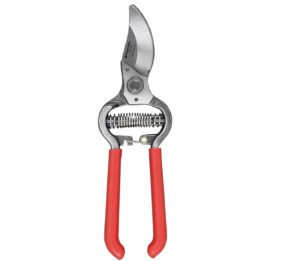
Bypass Pruners: These shears are ideal for live plants, featuring two curved blades that slide past one another to facilitate precise cuts.
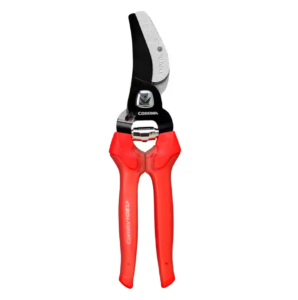
Anvil Pruners: Best for cutting dry or dead wood, these shears incorporate a single straight blade that descends onto a flat surface.
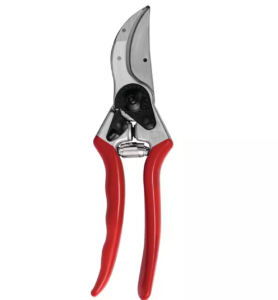
Single-Handed Pruners: Designed for lighter tasks, these tools allow for one-handed operation, providing quick access for smaller jobs
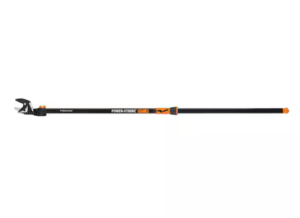
Telescopic Pruners: Equipped with extendable arms, these shears are particularly useful for reaching higher branches, making them an excellent choice for tall shrubs and trees
When selecting the appropriate pair, one should consider the size of their hands and the types of plants they typically manage.
Regular maintenance of pruning shears—including cleaning and sharpening—will enhance their longevity and ensure optimal performance, ultimately making the gardening experience more enjoyable. To further enhance your toolkit, consider adding a Stratus Precision Rain Gauge for effective water management.
Loppers
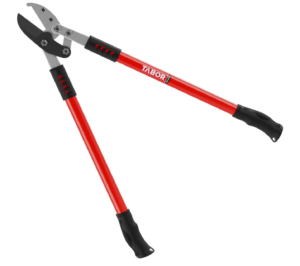
Loppers are essential gardening tools specifically designed for cutting thicker branches and stems that exceed the capacity of regular pruning shears, making them particularly suitable for larger plants and shrubs. These long-handled tools offer increased leverage, enabling gardeners to execute clean cuts with minimal effort, thereby enhancing their overall maintenance strategy. Loppers frequently feature ergonomic designs to promote comfort during use, rendering them critical for both novice and experienced gardeners aiming to foster healthy growth in their plant life.
In comparison to other cutting tools, loppers present several advantages, especially when addressing demanding tasks such as trimming overgrown hedges or pruning fruit trees. Their extended reach facilitates access to high branches without the need for a ladder, while the sharp blades effectively slice through wood up to two inches thick.
When selecting the appropriate pair of loppers, it is advisable to consider the following factors:
Blade Type
Opt for bypass blades for clean cut or anvil blades for cutting through tougher branches
Length
Longer handles offer greater leverage, but it is important to ensure they are manageable for your size and strength
Weight
Seek lightweight options that minimize fatigue during extended use
These considerations will help ensure that your tool selection aligns with your specific gardening needs and enhances your overall gardening experience.
Hand Cultivator
A hand cultivator is an essential tool designed to aerate soil, incorporate fertilizers, and eliminate weeds, thereby promoting healthier plant growth. Using brands like Nisaku Hori-Hori or Wilcox 14-Inch Digging Trowel can provide better efficiency in these tasks.
A hand cultivator is an essential tool designed to aerate soil, incorporate fertilizers, and eliminate weeds, thereby promoting healthier plant growth.
The tines of the cultivator are particularly effective for loosening compacted soil, which enhances water and air circulation around the roots—an essential factor for optimal plant health. Selecting a durable hand cultivator can significantly improve the gardening experience by streamlining these vital tasks, ultimately ensuring the garden thrives.
The importance of a hand cultivator in maintaining garden beds cannot be overstated. This tool not only supports soil aeration but also plays a crucial role in enhancing soil fertility through the efficient mixing of organic materials. It is instrumental in managing weeds that compete for nutrients and space, thereby facilitating the flourishing of plants.
Regular use of this cultivator notably reduces the physical strain associated with gardening tasks, promoting a more comfortable and enjoyable gardening experience.
Key Benefits:
Enhanced Water Absorption
Improved Nutrient Distribution
Creation of a Healthier Root Environment
By incorporating a hand cultivator into routine garden maintenance, individuals can achieve vibrant and productive plants.
Gardening Gloves
Gardening gloves are an essential component of any gardener's toolkit, serving to protect the hands during various tasks involving soil, plants, and gardening activities. High-quality gloves typically feature an ergonomic design that promotes ease of movement while providing protection against cuts, scrapes, and potential irritants. For optimal comfort, consider brands like Cooljob Gardening Gloves.
A diverse range of gardening gloves is available on the market, each designed to meet specific requirements and functionalities. Common materials utilized in the construction of these gloves include leather, nitrile, cotton, and latex, each offering distinct advantages.
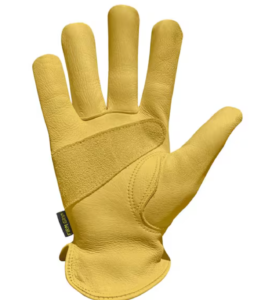
Leather Gloves: Recognized for their durability and resilience, making them ideal for handling thorny plants and engaging in heavy-duty tasks.
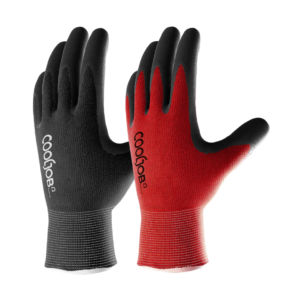
Nitrile Gloves: Provide exceptional water resistance and grip, rendering them suitable for wet gardening activities
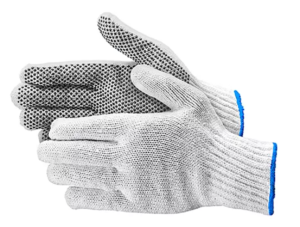
Cotton Gloves: Lightweight and breathable, making them perfect for lighter tasks such as planting seeds or handling delicate plants
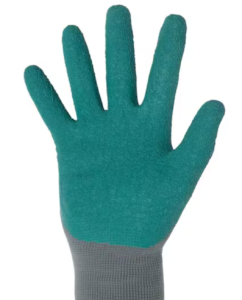
Latex Gloves: Offer a snug fit and flexibility, making them well-suited for precision tasks such as pruning
Selecting the appropriate pair of gloves based on specific gardening tasks can significantly improve productivity and comfort while minimizing the risk of injuries.
